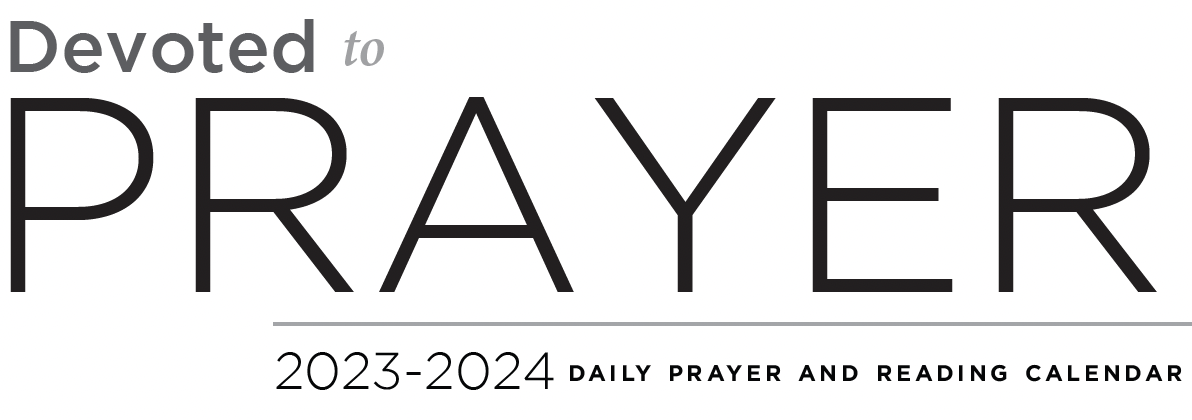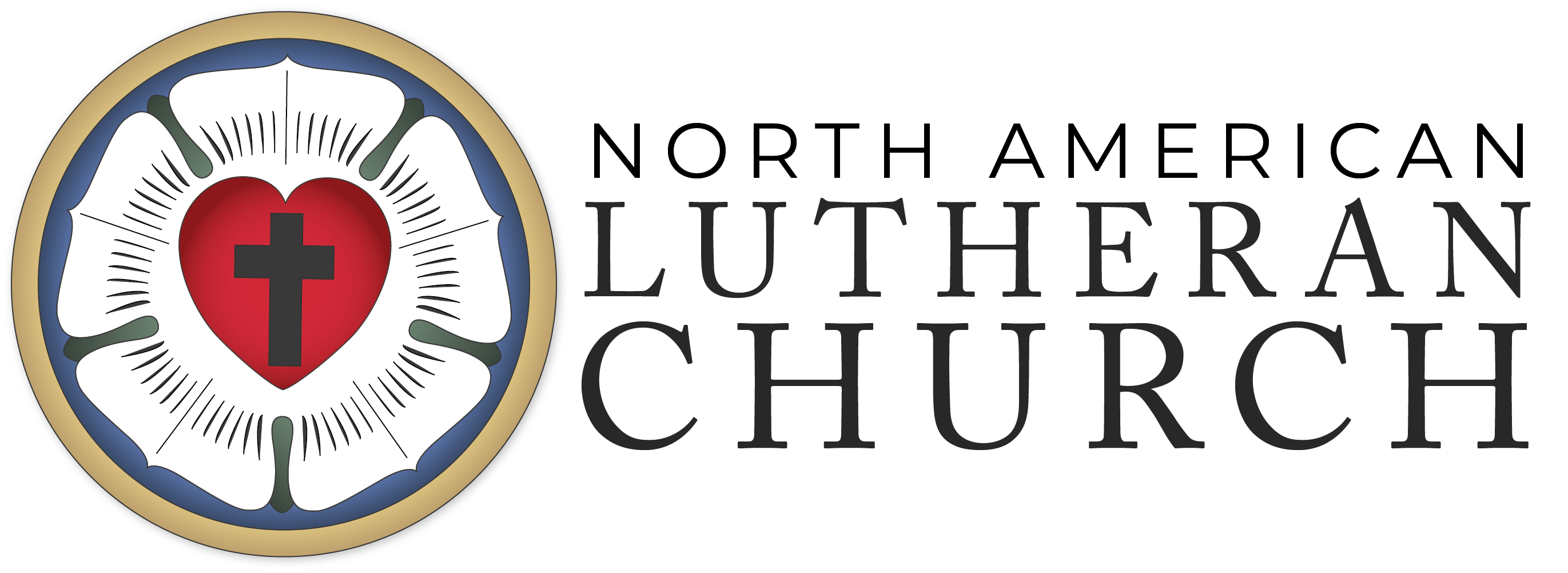
Saturday of the Fifth Week in Lent
I remember the day I was made to appreciate what blindness is. It was in my second year of seminary, and we were assigned to a nursing home to learn the skills of ministering to the elderly. The nurses really took training the seminarians seriously. During our initial encounter with them, we were instructed to select the wheel chair we’d be sitting in for the next four hours. After settling in to the uncomfortable chairs, we were instructed to select our glasses. Some got glasses smeared with Vaseline. I got the pair spray painted black. There was a reason they called this training “pastoral contextual education.”Wow! A blind man was healed! All the Gospel writers want us to know that Jesus healed the blind (and many other healings). They mention Jesus’ healing the blind many times, but we only have a few accounts that tell us details. In today’s reading, we get details about poor old Bart. Telling the details of healings has a point. It’s not just historical data. With Bart, I think the point has something to do with the incredible risk he takes; the incredible leap he makes is shouting above the crowd. He shouts a dangerous truth. He addresses Jesus as the Son of David! Bart identifies Jesus, publicly, as royalty (a threat to kings), and the anticipated messiah (a challenge to religious leaders). In other words, Bart can see—even though he’s blind. This is probably the point all the Gospel writers are making when they give us details about the healing of the blind. Usually, there are sighted people around that suffer from spiritual blindness. You can even hear in this encounter the residual blindness of Jesus’ disciples. Bart takes that big risk by calling Him Son of David! Their response? “Be quiet old man!”
Since sitting in the wheel chair 38 years ago, I’ve ministered to many physically blind people. Indeed, I’ve always been struck by how well they “see” with their souls. Lent is a great time for us to take stock of what our faith, and our faith walk, does for us. It makes us see. The most powerful verse in the story about Bart is one that Jesus said many times. “Your faith has made you well!”
Strange: He didn’t say “God made you well” or “I made you well” but indicated that it was Bart’s faith. I think Jesus was pointing to Bart’s (and our) actions generated by his faith.
Bart shouted. Bart took off his cloak. Bart pushed his way through the crowd. Bart asked to see! Most of us aren’t physically blind, but we sure do risk spiritual blindness if we don’t put our faith into action. My prescription for that is always the same—and I hope you are following it, even by reading this devotion—read Scripture daily! Have a daily prayer life! Connect with the believers at least once a week, but preferably two or three times! It’s the only way I know to remain spiritual sighted.
Prayer: Let us pray. We thank You Lord Jesus, for bringing light into the darkness of our lives. Help us to constantly turn from the darkness of our pride; to the light of Your Word, prayer, and Your people. Help us to always be Your spiritually sighted people. In Jesus name we pray, amen.
Devotion written by the Rev. Dr. Jesse J. Abbott
Morning Psalms
Evening Psalms
“Gregory the Illuminator, Missionary Bishop of Armenia, c. 332”

This daily prayer and Bible reading guide, Devoted to Prayer (based on Acts 2:42), was conceived and prepared by the Rev. Andrew S. Ames Fuller, director of communications for the North American Lutheran Church (NALC). After several challenging years in the midst of the COVID-19 pandemic, we have been provided with a unique opportunity to revitalize the ancient practice of daily prayer and Scripture reading in our homes. While the Reading the Word of God three-year lectionary provided a much-needed and refreshing calendar for our congregations to engage in Scripture reading, this calendar includes a missing component of daily devotion: prayer. This guide is to provide the average layperson and pastor with the simple tools for sorting through the busyness of their lives and reclaiming an act of daily discipleship with their Lord. The daily readings follow the Lutheran Book of Worship two-year daily lectionary, which reflect the church calendar closely. The commemorations are adapted from Philip H. Pfatteicher’s New Book of Festivals and Commemorations, a proposed common calendar of the saints that builds from the Lutheran Book of Worship, but includes saints from many of those churches in ecumenical conversation with the NALC. The introductory portion is adapted from Christ Church (Plano)’s Pray Daily. Our hope is that this calendar and guide will provide new life for congregations learning and re-learning to pray in the midst of a difficult and changing world.
